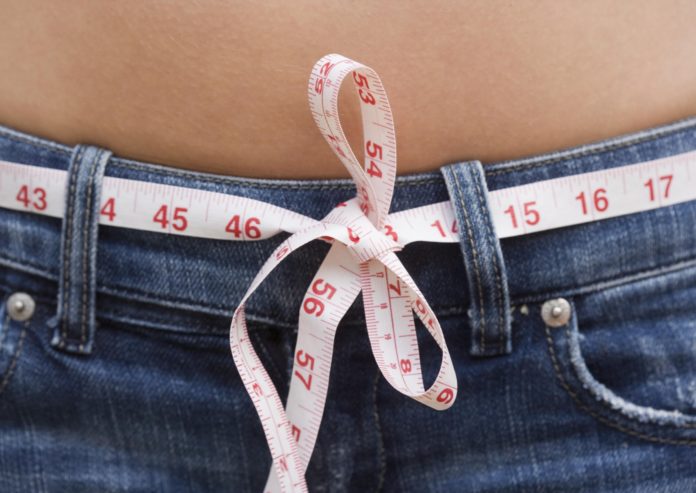Body Mass Index (BMI) is the most common method to access whether someone is overweight or fat. But many medical experts assume this method as inaccurate as distinguishing among bone mass, muscle mass, and excess fat.
Now, scientists at the Cedars-Sinai have come up with a better alternative. They have developed an easy and more precise method to assess body fat percentage without using sophisticated equipment. Scientists dubbed this method as a relative fat mass index or RFM.
Unlike BMI, this method only uses height and waist circumference measurements. During the trails, scientists found that the method confirmed the value of our new formula in a large number of subjects: Relative fat mass is a better measure of body fatness than many indices currently used in medicine and science, including the BMI.
To develop this method, scientists examined more than 300 possible formulas for estimating body fat using a large database of 12,000 adults who participated in a health and nutrition survey conducted by the Centers for Disease Control and Prevention. They then quantified the relative fat mass for 3,500 patients and compared the results to the patients’ outcomes from a specialized, high-tech body scan called DXA.
The results suggested that the patients’ RFM results corresponded most closely with the precision of the DXA body scan.
Richard Bergman, PhD, the senior author of the study said, “The relative fat mass formula has now been validated in a large data base. It is a new index for measuring body fatness that can be easily accessible to health practitioners trying to treat overweight patients who often face serious health consequences like diabetes, high blood pressure, and heart disease.”
The study leader, Orison Woolcott, MD, of Cedars-Sinai said, “And the best part, You don’t need a bathroom scale to determine your relative fat mass, just a measuring tape.”
He explained, “To determine relative fat mass (RFM), you need to measure your height as well as your waist circumference. To measure your waist, place the tape measure right at the top of the hip bone and reach it around your body for the most reliable result. Next, put those numbers into the relative fat mass equation.”
“For making a ratio out of the height and waist measurements. The formula is adjusted for gender:
Men: 64 – (20 x height/waist circumference) = RFM
Women: 76 – (20 x height/waist circumference) = RFM
Woolcott said, “We still need to test the RFM in longitudinal studies with large populations to identify what ranges of body fat percentage are considered normal or abnormal in relation to serious obesity-related health problems.”
The study is published in the journal Scientific Reports.
